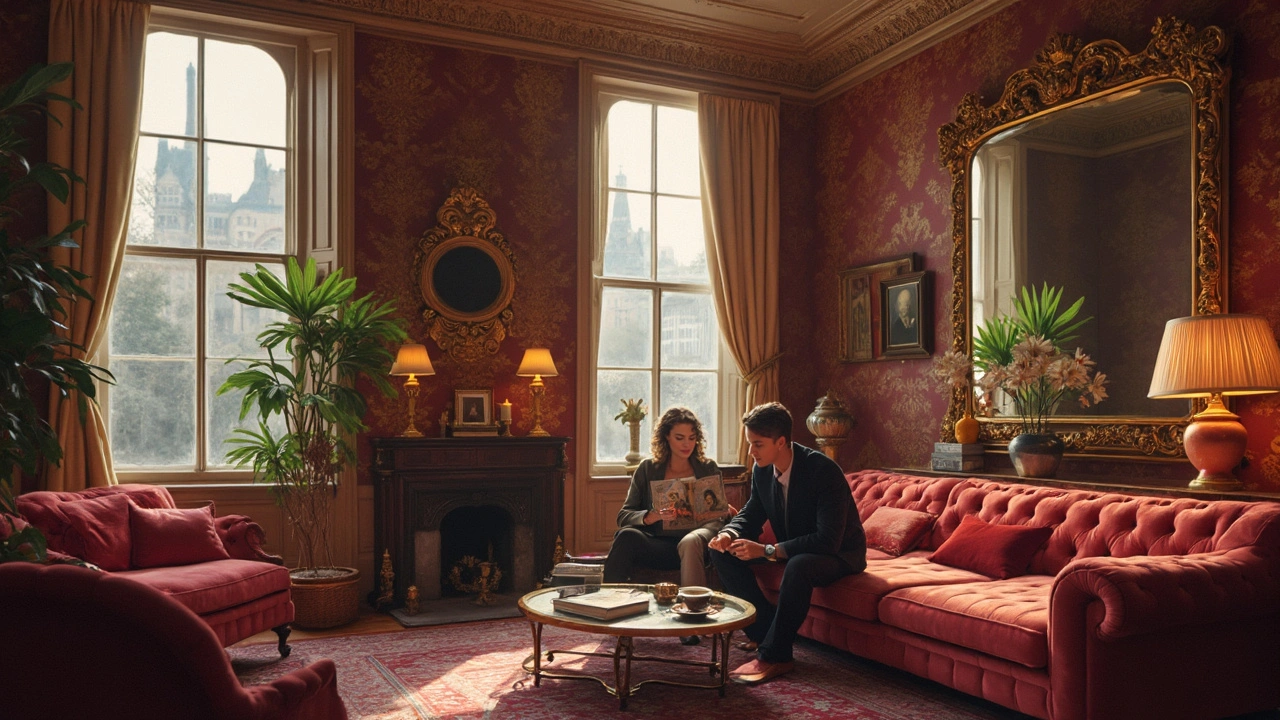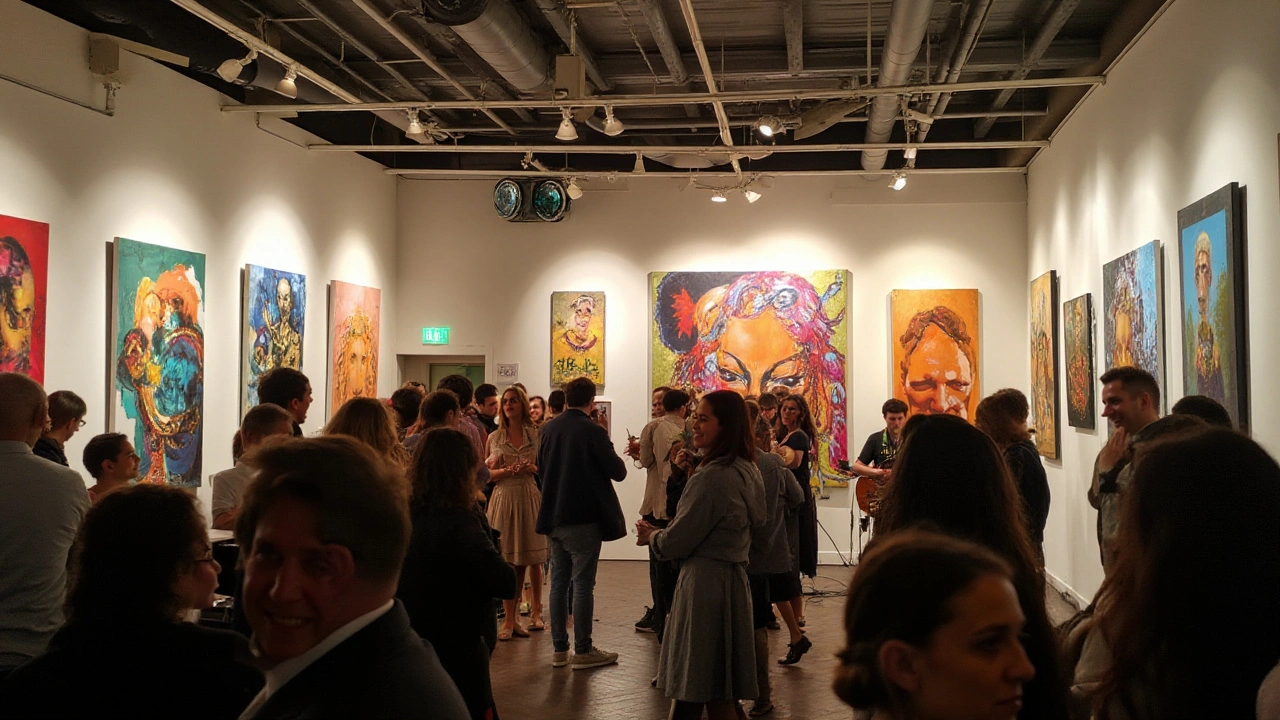Music and Art: Sound That Shapes What You See
Music changes how we experience visual art. Play a slow cello piece in a gallery and abstract shapes feel heavier; add a fast drum loop and the same canvas seems urgent. On this tag you'll find stories, history, and practical tips connecting sound and image across movements like the Harlem Renaissance, Fluxus, and Baroque revivals.
If you want quick reads, start with the Harlem Renaissance pieces. They show how jazz and blues didn't just invent new songs — they reshaped painting, poetry, and public life. Read "Harlem Renaissance: Birth of a New Black Identity" to hear how music drove a cultural shift, then jump to "10 Influential Figures Who Defined the Harlem Renaissance Era" for artist profiles and listening suggestions.
How music appears in visual art
Artists borrow rhythm, tempo, and repetition from music. In Fluxus, performers used sound, chance, and simple scores to break gallery rules. Baroque artists matched dramatic music with theatrical painting to move viewers. Even modern designers use musical ideas: Bauhaus artists thought about rhythm when repeating forms in furniture and posters.
Want to try this at home? Make two playlists before looking at a series of paintings: one calm and one upbeat. Spend two minutes on each painting while the different playlists play. Notice how color, motion, and emotional tone shift. This quick experiment teaches you to read art through sound cues and helps you choose music for exhibits or creative work.
Curated posts and ideas to explore
On Paul Artistry you’ll find posts that tie music to art in clear ways. Fluxus articles show performance techniques and funny score ideas you can try with friends. The Harlem Renaissance pieces include musical context and suggested listening to frame the visual work. Baroque Revival mentions ways to pair classical tracks with modern decor. Use tags to filter posts on performance, installation, and cultural history to match your interest.
If you create, use music as a tool. Set a tempo for sketching, match color palettes to song moods, or record field sounds as part of installation work. For shows, label playlists so visitors can follow a sonic path. For teaching, ask students to pick music that matches an artwork and defend their choice in one minute. That exercise tightens observation and sparks fresh connections.
Keep coming back to this tag for new ideas, playlists, and short guides. Whether you’re curating a room, sketching in a cafe, or studying art history, the right soundtrack changes what you notice and how you feel. Grab headphones, press play, and see art in a sound-informed way.
Try a few pairs now: listen to Billie Holiday or Louis Armstrong while reading Harlem pieces; switch to Vivaldi or Handel when exploring Baroque Revival. For Fluxus, try ambient noise mixed with short percussion loops. If you want guidance, follow our tag's curated playlists and post links — they match each article and save time when you want to feel the era as you read today.


